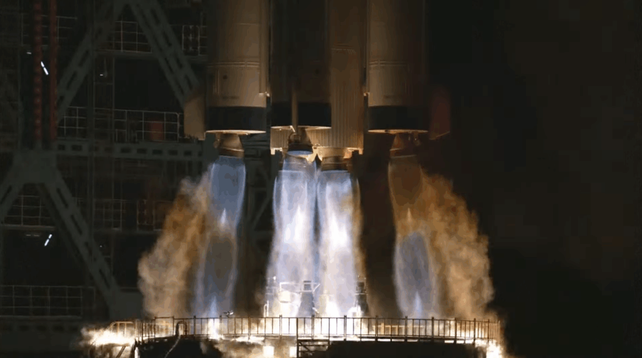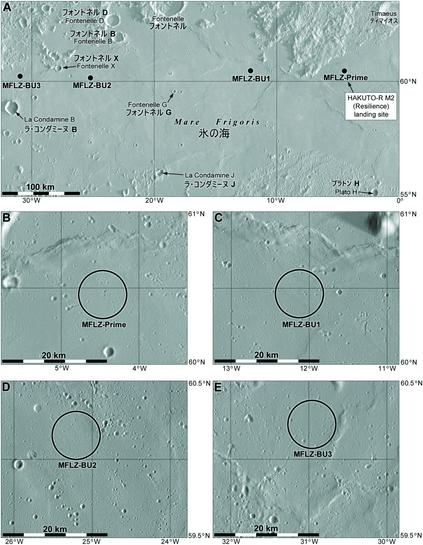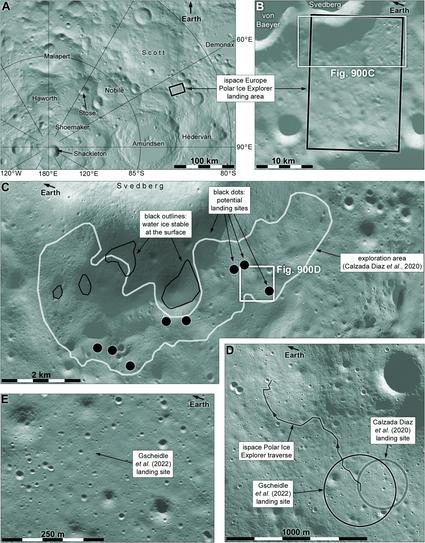China prepares to launch uncrewed Shenzhou as maiden launches slip for commercial launch providers
…
#NewsBeep #News #Headlines #Ceres-1 #ChangZheng11H #Chang'e-6 #Chang'e-7 #GalacticEnergy #iSpace #Lijian-2 #Shenzhou #Shenzhou20 #Shenzhou22 #Shenzhou-21 #SpacePioneer #Tianlong-3 #World
https://www.newsbeep.com/264276/







